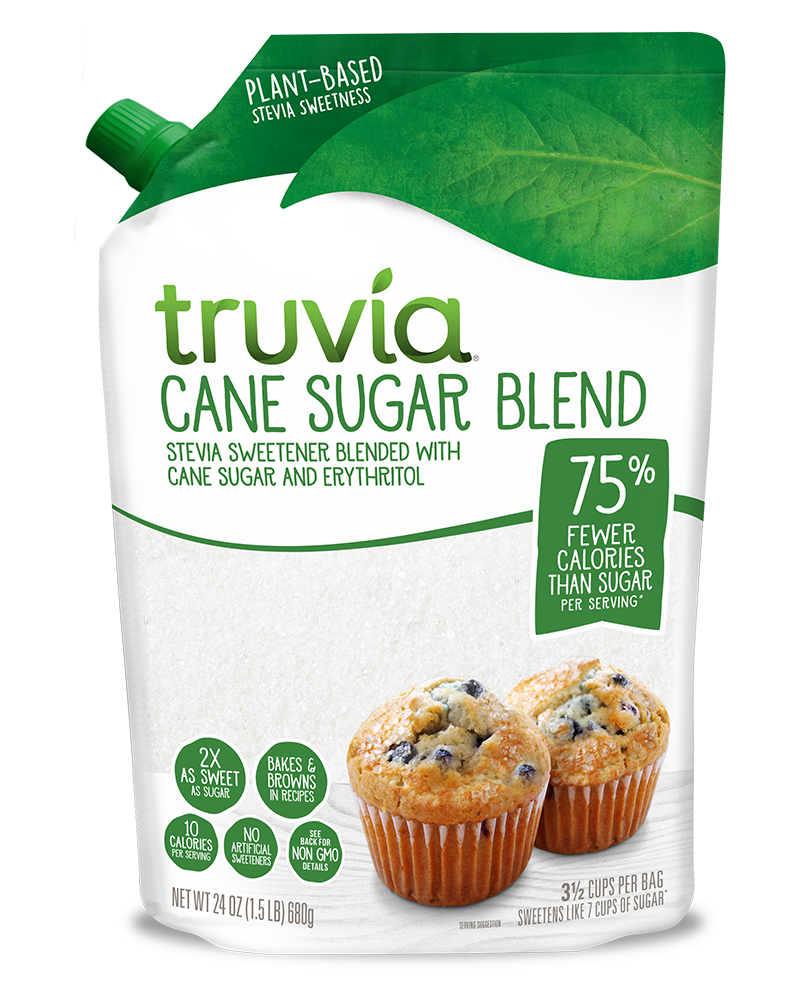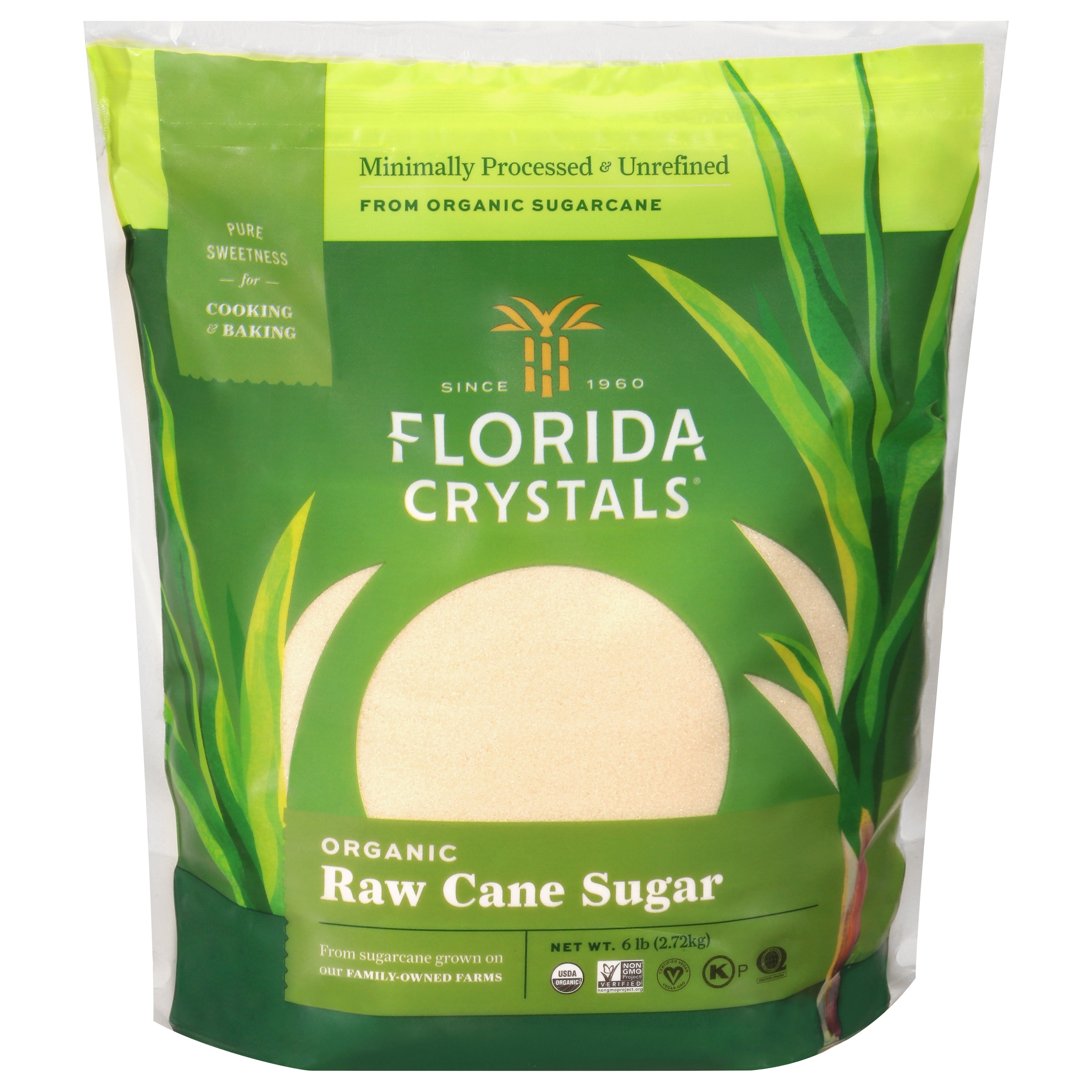Comprehending Cane Sugar Processing: A Comprehensive Review of the Stages
Comprehending Cane Sugar Processing: A Comprehensive Review of the Stages
Blog Article
Checking Out the Comprehensive Tips Entailed in Cane Sugar Processing From Gathering to Refinement
The procedure of walking stick sugar manufacturing incorporates a series of elaborate steps, beginning with the careful harvesting of sugarcane and culminating in the improvement stages that ensure the last product satisfies sector requirements. Each stage, from the extraction of juice to the filtration and formation processes, plays a crucial duty in determining the quality and personality of the sugar.
Gathering Sugarcane
Gathering sugarcane is a vital action in the walking cane sugar handling chain, as it directly affects the high quality and return of the end product. Appropriate timing and strategies are important throughout this stage to make certain optimal sugar content and minimize losses. Generally, sugarcane is gathered when it reaches maturity, typically 12 to 18 months after growing, identified by a high sucrose focus.

Post-harvest, the sugarcane should be processed promptly to avoid sucrose degradation. Preferably, collected cane must be moved to processing facilities within 24 hr to protect sugar top quality. Consequently, reliable logistical planning is essential to preserve the integrity of the harvested plant throughout the supply chain.
Removal Process

The smashed walking stick goes through a collection of pressing operations to make the most of juice healing. Commonly, warm water is splashed onto the smashed walking cane, developing a countercurrent flow that assists liquify the sugar while additionally assisting in the extraction process. The juice collected from this operation includes not only sugar however also various organic substances and contaminations.

To boost extraction performance, some centers might use diffusion approaches, where the sugarcane is soaked in warm water, permitting the soluble sugars to diffuse right into the fluid. The resulting juice, rich in sucrose, is then directed to subsequent processing stages, laying the foundation for purification and refinement. The extraction process is thus critical in figuring out the top quality and return of the last sugar item.
Filtration Techniques
The purification methods used in cane sugar processing are necessary for transforming the raw juice right into a premium sugar item. These methods largely aim to eliminate impurities, such as dirt, plant materials, and not natural compounds, which can detrimentally affect the end product's taste and shade.
One of one of the most usual purification methods is explanation. This process entails including lime and warm to the raw juice, which assists click here for more info in the coagulation of pollutants. The resulting precipitate is then removed via sedimentation or filtering, yielding a more clear juice. In addition, making use of phosphoric acid can enhance the clarification procedure by additional binding impurities.
Another substantial technique is carbonatation, where carbon dioxide is presented to the made clear juice. This response creates calcium carbonate, which captures continuing to find this be pollutants and promotes their elimination.
Moreover, triggered carbon treatment might be related to adsorb any remaining colorants and natural contaminations, making certain a more polished product. The combination of these methods efficiently prepares the sugar juice for succeeding action in the refining procedure, establishing the stage for the production of premium cane sugar.
Crystallization Techniques
After the filtration phase, the following critical action in walking cane sugar processing includes formation methods, which play an essential duty in transforming the cleared up juice right into strong sugar. This process normally uses two main approaches: spontaneous crystallization and controlled condensation.
In spontaneous formation, supersaturated sugar services are enabled to cool down normally, resulting in the formation of sugar crystals gradually. This method is easier yet might result in unequal crystal dimensions and reduced pureness levels. On the various other hand, regulated crystallization is a more accurate method where focus, seeding, and temperature level representatives are meticulously managed. This method allows for the uniform growth of sugar crystals and higher purity.
During condensation, the cleared up juice is concentrated with evaporation, enhancing its sugar content until it gets to supersaturation. As soon as this factor is accomplished, either technique can facilitate the crystallization procedure. Cane Sugar Processing. The resultant sugar crystals are after that separated from the staying syrup via centrifugation
Ultimately, the choice of formation approach affects the high quality, size, and pureness of the last sugar product, making this action essential in the total walking cane sugar processing procedure.
Improvement and Packaging
Just how can the purity and top quality of walking stick sugar be better enhanced after condensation? The improvement process plays a critical function in attaining premium walking cane sugar.
Next, the sugar goes through a procedure called centrifugation, where it is spun at broadband to divide the purified sugar crystals from the staying fluid. After centrifugation, the sugar is frequently more refined with an approach called carbonization or phosphatation, which uses turned on carbon or phosphoric acid to get rid of shade and off-flavors.
Once fine-tuned, the sugar is dried out to achieve the preferred dampness material, making certain that it stays secure during storage and transport. Related Site The last action entails packaging the polished sugar in moisture-proof and airtight containers to maintain its high quality and prevent contamination. Cane Sugar Processing. Appropriate product packaging not only expands service life however likewise assists in very easy handling and circulation, making certain that customers obtain sugar that meets the highest criteria of pureness and high quality
Verdict
The detailed steps associated with walking cane sugar handling, from the meticulous harvesting of sugarcane to the complex refinement and product packaging phases, highlight the significance of each phase in ensuring high-grade sugar production. Ideal harvesting methods, efficient extraction approaches, and rigorous filtration procedures collectively contribute to the last item's pureness and security. The condensation and subsequent product packaging practices better enhance the integrity and life span of the sugar, highlighting the intricacy and precision fundamental in this important farming market.
The procedure of cane sugar manufacturing includes a series of detailed steps, beginning with the mindful harvesting of sugarcane and finishing in the refinement phases that make certain the last item satisfies industry standards. Ideally, gathered walking stick should be transferred to processing centers within 24 hours to maintain sugar top quality.In spontaneous formation, supersaturated sugar services are permitted to cool normally, leading to the formation of sugar crystals over time - Cane Sugar Processing. The improvement process plays an important function in accomplishing high-quality cane sugar.The extensive actions entailed in cane sugar handling, from the thorough harvesting of sugarcane to the detailed improvement and product packaging phases, emphasize the relevance of each stage in guaranteeing high-quality sugar production
Report this page